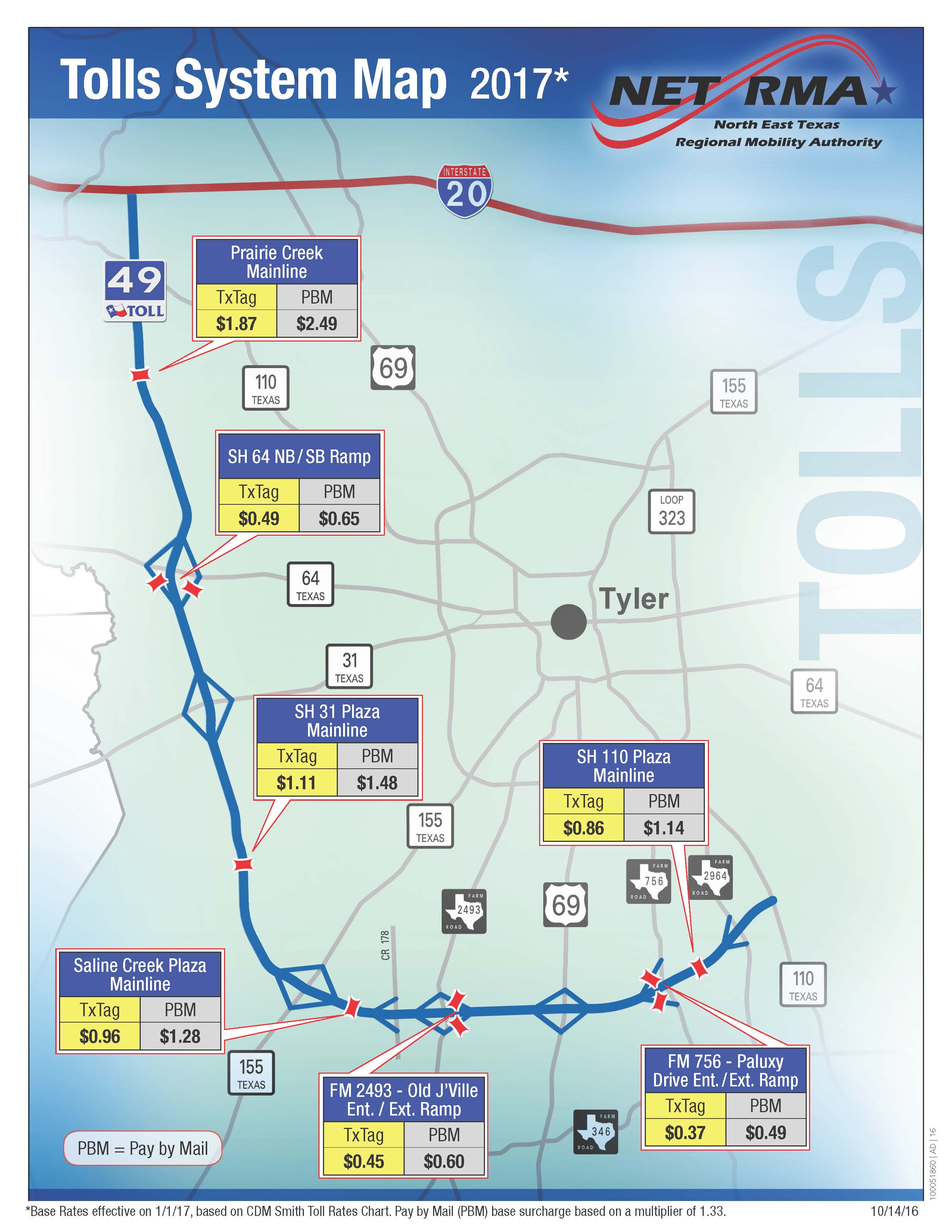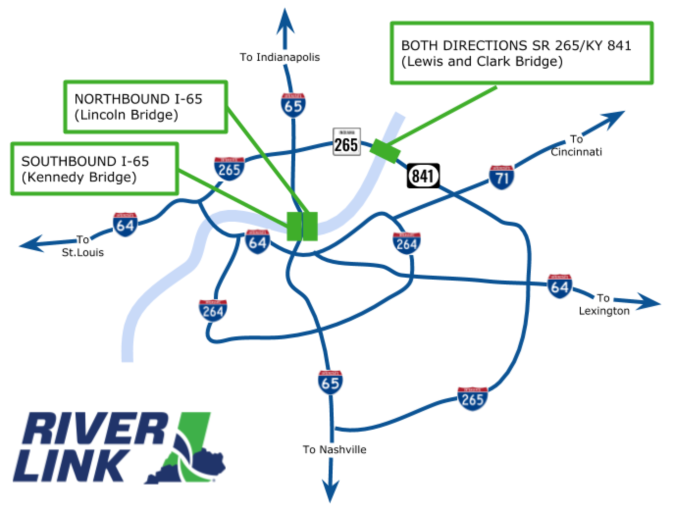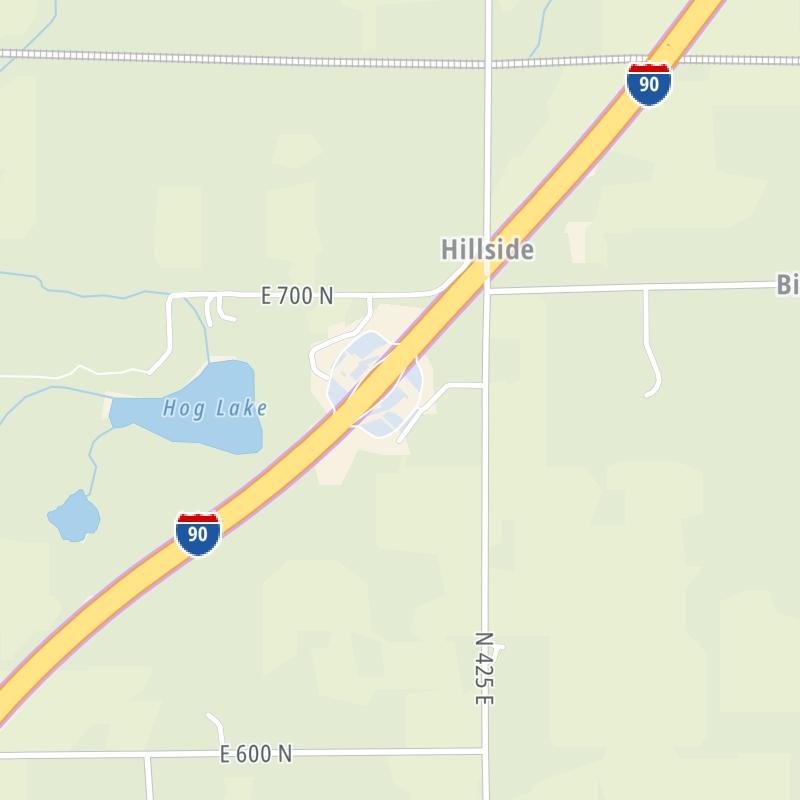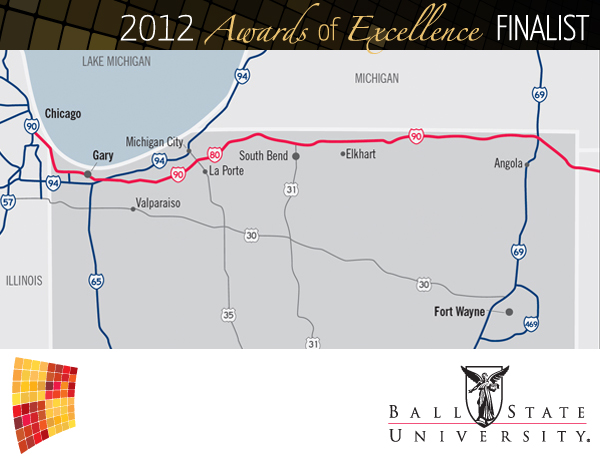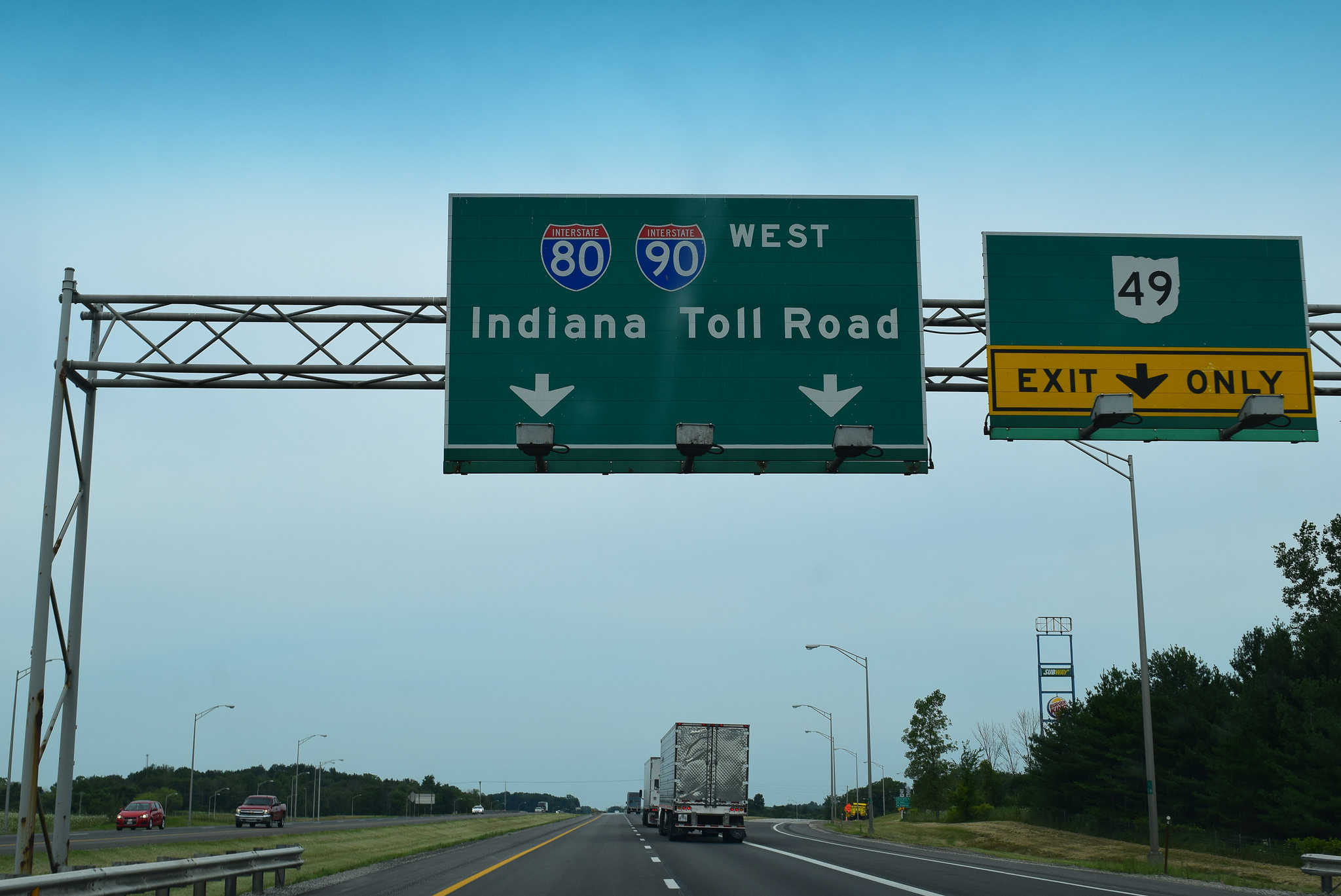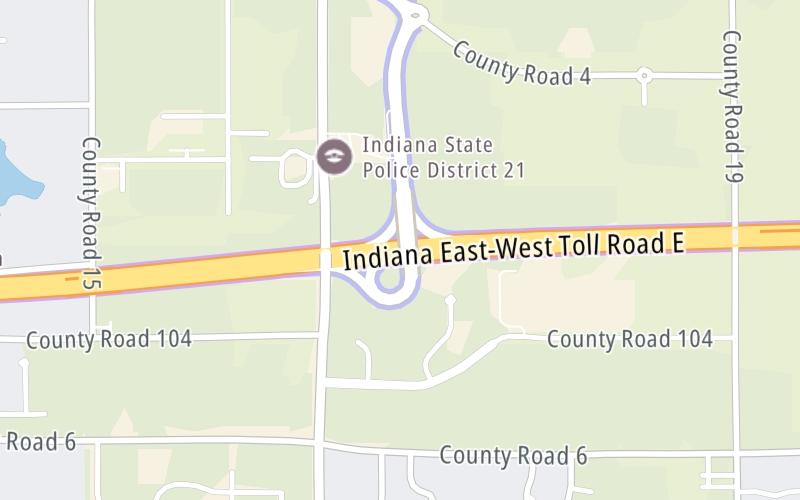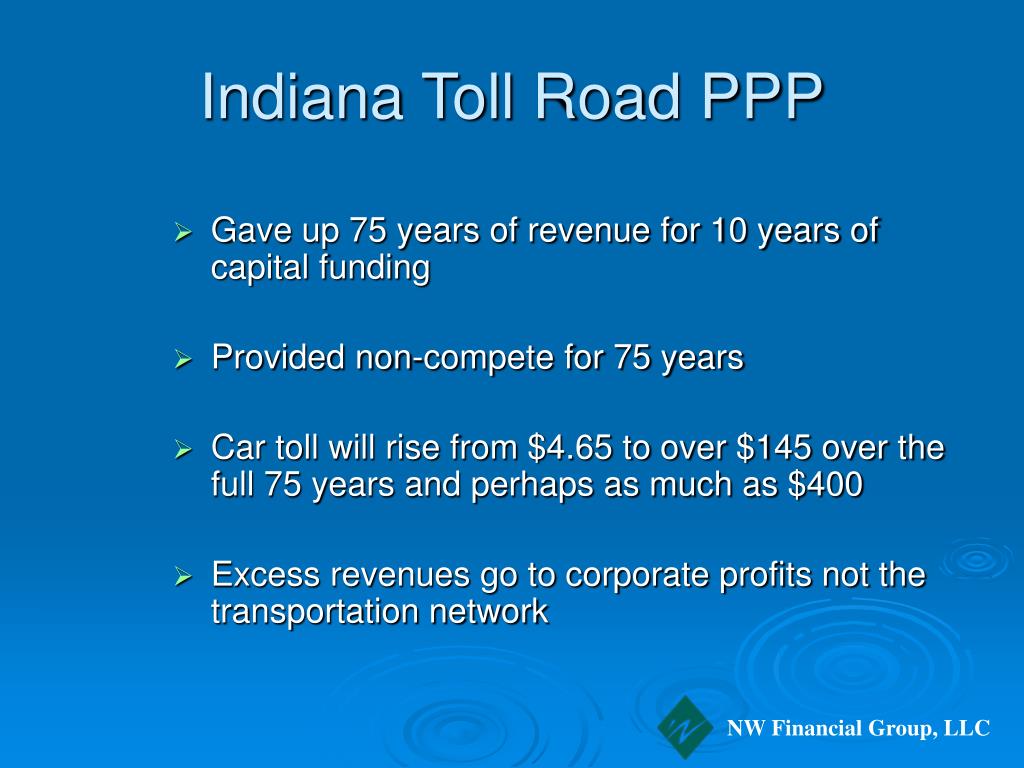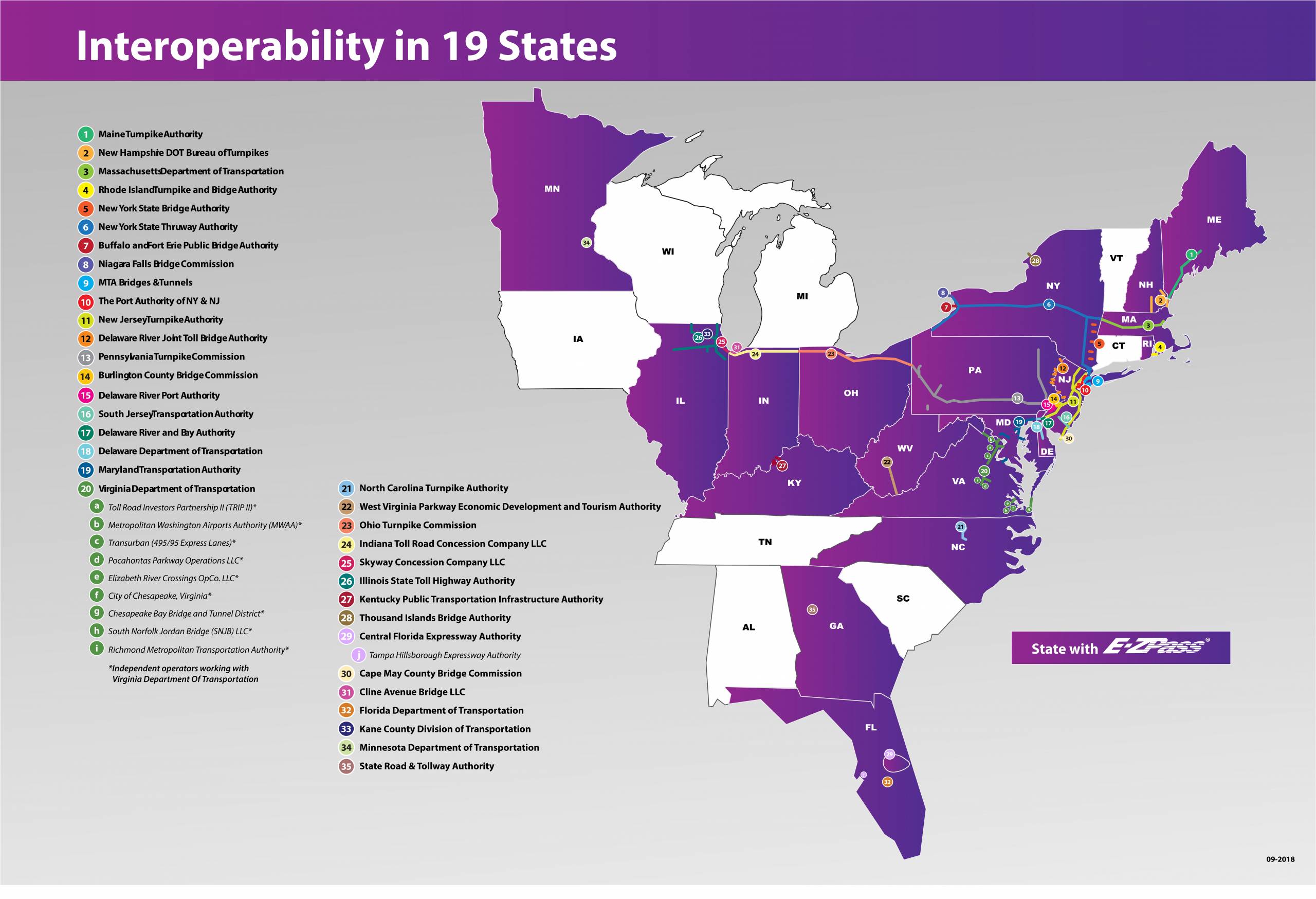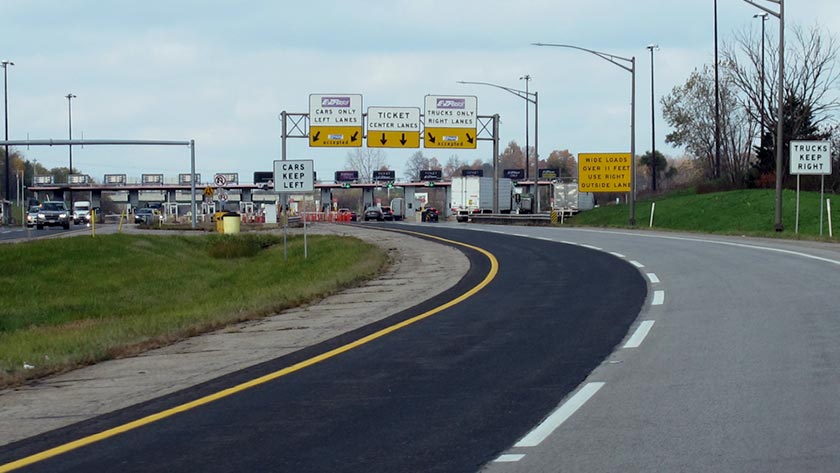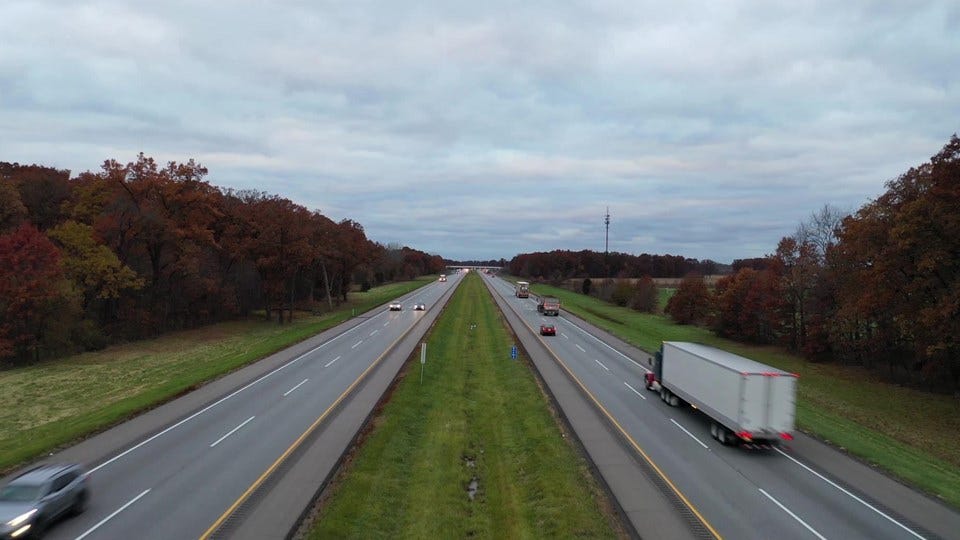How Much Is The Indiana Toll Road
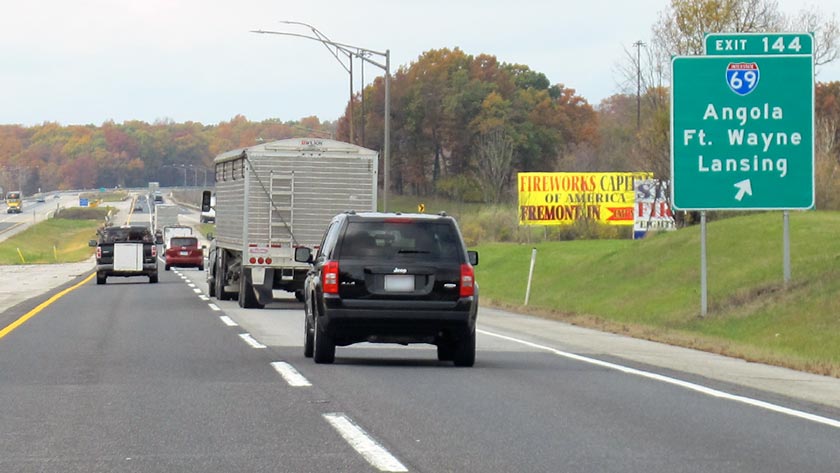
Imagine driving down a long, open road, the sun shining just right, and the anticipation of your destination building with every mile. The hum of the tires on the pavement, the wind whispering through your open window – that’s the feeling of a good road trip. But as you approach the Indiana Toll Road, a question often pops into your head: "How much is this going to cost me?"
This isn't just a simple question of dollars and cents. It's about understanding the cost of convenience, the value of time saved, and the intricate system that keeps this vital artery of the Midwest flowing. This article delves into the pricing structure of the Indiana Toll Road, exploring its history, the factors influencing its cost, and what it means for the everyday traveler.
A Brief History of the Indiana Toll Road
The Indiana Toll Road, officially known as I-80/I-90, stretches 157 miles across northern Indiana, connecting the eastern and western edges of the state. Construction began in the mid-1950s, fueled by the burgeoning interstate highway system and the need for efficient transportation across the region.
Opening in 1956, it quickly became a vital link for commerce and travel, facilitating the movement of goods and people between major cities like Chicago and Cleveland.
Initially managed by the Indiana Department of Transportation (INDOT), the toll road underwent a significant shift in 2006 when it was leased to a private consortium, the Indiana Toll Road Concession Company (ITRCC), for a period of 75 years.
Understanding the Toll Structure
The cost of traveling the Indiana Toll Road isn't a fixed amount; it varies based on several factors. These primarily include the class of vehicle you're driving and the distance you intend to travel.
Passenger vehicles, like cars, motorcycles, and smaller SUVs, typically fall into the lowest toll category. Larger vehicles, such as trucks, buses, and RVs, are subject to higher rates due to their greater weight and impact on the road.
The further you travel on the toll road, the more you'll pay. Tolls are assessed at various interchanges along the route, with the amount increasing as you proceed.
Factors Influencing Toll Costs
Several factors contribute to the overall cost of using the Indiana Toll Road. One significant aspect is the private management of the road by the ITRCC.
As a private entity, the ITRCC is responsible for maintaining, operating, and improving the toll road, and tolls are a primary source of revenue for these activities.
Major construction projects and rehabilitation efforts can sometimes lead to temporary toll adjustments to help fund these improvements.
Economic conditions, such as inflation and fuel costs, can indirectly influence toll rates. The ITRCC has the right to adjust tolls, sometimes annually, based on the original concession agreement and market conditions.
E-ZPass and Payment Options
For frequent travelers of the Indiana Toll Road, the E-ZPass system offers a convenient and often cost-effective payment method.
E-ZPass allows drivers to create an account and attach a transponder to their vehicle, which is automatically read at toll plazas. This eliminates the need to stop and pay with cash or credit card, saving time and potentially money.
The Indiana Toll Road also accepts cash and credit card payments at designated toll booths. However, using E-ZPass is generally the most efficient way to navigate the toll road, particularly during peak travel times.
Finding Current Toll Rates
The easiest way to determine the exact toll cost for your trip is to use the official Indiana Toll Road website or app. The ITRCC provides an online toll calculator that allows you to input your entry and exit points, as well as your vehicle class, to estimate the toll amount.
Several third-party apps and websites also offer toll calculators and information about the Indiana Toll Road, but it's crucial to verify the accuracy of the information with official sources.
Toll rates are subject to change, so always check the latest rates before embarking on your journey.
The Impact of Tolls on Travel
Tolls on the Indiana Toll Road can significantly impact travel decisions, particularly for budget-conscious travelers and businesses. For some, the cost of the toll may lead them to seek alternative routes, even if those routes are longer or less efficient.
Businesses that rely on the toll road for transporting goods must factor toll costs into their overall operating expenses. The cost of the Indiana Toll Road has a trickle-down effect on the economy.
For many, the time saved and the convenience of using the toll road outweigh the cost. The Indiana Toll Road has a significant impact on travel and economics.
Alternatives to the Indiana Toll Road
While the Indiana Toll Road offers a direct and efficient route across northern Indiana, alternative routes exist for those seeking to avoid toll costs. These typically involve using state highways and local roads that run parallel to the toll road.
US-30 is a popular alternative, providing a relatively direct route across northern Indiana. However, traveling on these routes can significantly increase travel time, as they often pass through towns and have lower speed limits.
Choosing between the toll road and alternative routes depends on your priorities. If time is of the essence, the toll road is often the best option. But if you're looking to save money and don't mind a longer drive, alternative routes may be more suitable.
The Future of the Indiana Toll Road
The Indiana Toll Road is a constantly evolving transportation corridor. The ITRCC continues to invest in infrastructure improvements, including bridge repairs, resurfacing projects, and upgrades to tolling technology.
Technological advancements, such as all-electronic tolling (AET), could potentially streamline the toll collection process and reduce congestion in the future.
The future of the Indiana Toll Road will likely involve a continued balancing act between maintaining a high-quality transportation infrastructure and providing affordable access for travelers.
Conclusion
So, how much *is* the Indiana Toll Road? The answer, as we've seen, is multifaceted. It's a combination of vehicle class, distance traveled, payment method, and a complex web of economic factors. It represents the cost of convenience, the value of time, and the price of maintaining a crucial transportation artery.
As you plan your next journey across Indiana, take a moment to consider the options, weigh the costs and benefits, and choose the path that best suits your needs. Whether you opt for the efficiency of the toll road or the scenic route on local highways, the important thing is to enjoy the journey. After all, the open road is about more than just the destination; it's about the experience along the way.



